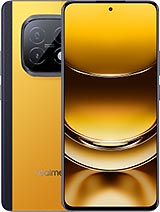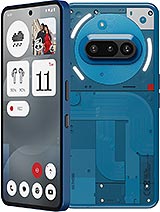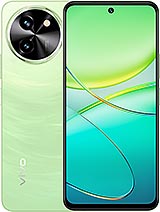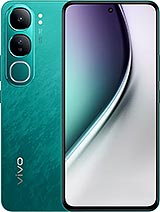Vivo T3x alternatives
Tap above to see alternatives.
Vivo Y300 alternatives
Tap above to see alternatives.
4x2.2 GHz Cortex-A78
4x1.8 GHz Cortex-A55
2x2.2 GHz Cortex-A78
6x1.95 GHz Cortex-A55
6GB 128GB (UFS 2.2)
8GB 128GB (UFS 2.2)
8GB 256GB (UFS 2.2)
8GB 256GB (UFS 2.2)
f/1.8, (wide), PDAF
2 MP
f/2.4, (depth)
f/1.8, (wide), 1/1.95", 0.8µm, PDAF
2 MP
f/2.4, (depth)
1080p@30fps
f/2.1, (wide)
f/2.5, (wide)
SIM1: Nano, SIM2: Nano (Hybrid)
SIM1: Nano, SIM2: Nano
FDD: N1, N3, N5, N8, N28
TDD: N40, N77, N78
FDD: N1, N3, N5, N8, N28
TDD: N38, N40, N41
FDD: N1, N3, N5, N8, N28
TDD: N40, N77, N78
FDD: N1, N3, N5, N8, N28
TDD: N40, N77, N78
In this comparison, the Vivo T3x with the Qualcomm Snapdragon 6 Gen 1 (4nm) performs better than the Vivo Y300 with the Qualcomm Snapdragon 4 Gen 2 (4nm), thanks to its more efficient chipset.
Both phones offer the same OS update support and receive security updates for the same duration.
Vivo Y300 has a superior AMOLED display, while Vivo T3x uses an LCD panel. They have the same 120 Hz refresh rate. Vivo Y300 also has a brighter display with 1800 nits, improving outdoor visibility. These phones have the same resolution.
Vivo T3x has a larger 6000 mAh battery for longer usage. Vivo Y300 supports faster wired charging at 80W.
Both phones have the same IP64 rating for water and dust resistance.












